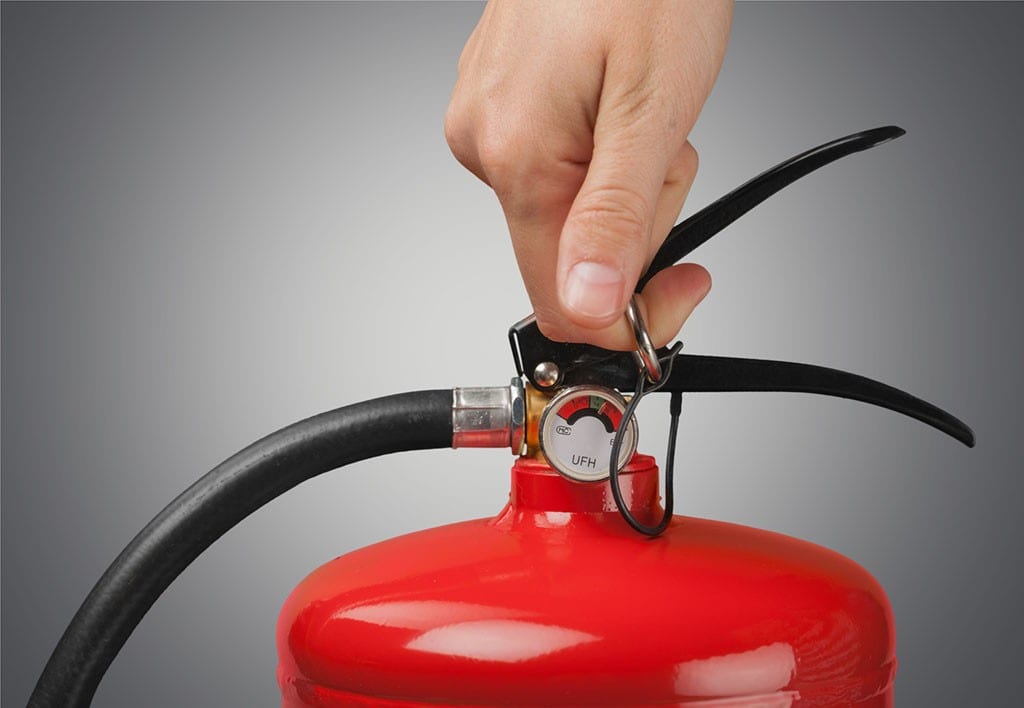Sydney businesses must ensure that they are secure from fire. This isn’t only to be in compliance with the laws, but also for their employees, customers, and even their property. Fires can result in massive losses within minutes. But, with security measures that are implemented, many of these risks can either be prevented or reduced. Fire inspections, regular testing and tagging of electrical systems and the compliance with CFSP regulations all contribute to ensure a safe environment and ensure businesses remain compliant with local council and Building Code of Australia (BCA) standards.

The reason Fire Inspections are the underlying principle of Safety
Fire Inspections are the first line of defense against potential hazards. Inspections are conducted to ensure that the fire safety system of the building is up-to-date and functioning. Businesses located in Sydney must conduct inspections 6 or 12 times annually, based on the kind of building they are operating and council regulations. The inspection can cover everything from sprinklers and fire alarm systems to smoke detectors, hydrants and extinguishers.
Inspections are important since they can reveal issues that are not obvious and before they turn into a danger. In a situation of emergency, a small flaw on a smoke detector, or a faulty fire hydrant may appear insignificant. Through periodic fire inspections businesses owners aren’t just fulfilling legal requirements, but also taking active steps to protect their workplace from unavoidable disasters.
The hidden electrical risk can be addressed by testing and the use of tags
Electrical systems can be the main cause of workplace fires. Testing and tagging are essential to an overall plan to ensure the safety of fire. This process involves checking electrical equipment to ensure it is safe, functional and safe, then after which you attach a clear tag that indicates the item has passed inspection. This isn’t just an obligatory requirement for most firms. It’s also a way to protect from hidden risks.
If not checked, old wiring, defective appliances or worn cables could become a fire risk. Businesses can lower the risk of fires by testing regularly and tagging electrical equipment. Also, it assures employees that their workplace is safe, which builds trust and confidence in the workplace. In conjunction with fire inspections and testing, this comprehensive safety plan reduces risks from multiple angles.
The job of CFSP in ensuring compliance and Certification
In New South Wales, only the Competent Fire Safety Practitioner (CFSP) is authorized to certify and sign important documents pertaining to fire safety such as Annual Fire Safety Statements. The introduction of CFSP accreditation has raised the standards of fire safety and ensures that only professionals with the appropriate qualifications evaluate and validate security measures. For business owners working with the CFSP, inspections and reports will not be a simple document, but rather an accurate evaluation performed by experts.
The role of a CFSP goes far beyond just checking boxes. These experts evaluate the performance and condition of fire protection systems and produce comprehensive reports. They also confirm compliance with regulatory requirements. Without CFSP certification, businesses risk fines, legal issues and even shutdowns if safety measures are considered to be inadequate. By partnering with professionals accredited in fire safety, you can ensure that your systems are maintained correctly. Also, you’ll be able meet your all compliance requirements without unnecessary anxiety.
Fire Safety as an Ongoing Security Commitment
Fire safety is not just a one-time responsibility, but an ongoing responsibility for every business owner. Regularly scheduled inspections and tests of electrical equipment, in conjunction with a proper certification from CFSP to create a safety loop that will never end. Beyond the legal requirements, this approach promotes an environment of safety in the workplace. Employees are more comfortable knowing that evacuation procedures, smoke alarms, emergency lighting, and fire suppression systems are in place.
By treating fire safety as an ongoing procedure and not just a box to check every year Businesses can cut down on risks and improve their standing. Customers and clients are more comfortable in a space where safety is clearly emphasized. Long term, investing preemptively to prevent fires saves cost by preventing expensive damage, fines and legal battles.
Conclusion
Safety in the event of fire in Sydney requires a multi-layered strategy that includes fire inspections as well as testing and tagging, as well as professional certification by a CFSP. Each of these components contributes to aiding businesses in complying with the law, but also to safeguard property and lives. Safety is an integral aspect of the business process, not an afterthought. Businesses can comply with their legal requirements and create more stable and secure atmosphere in the near future if security is an integral part of daily operations.
